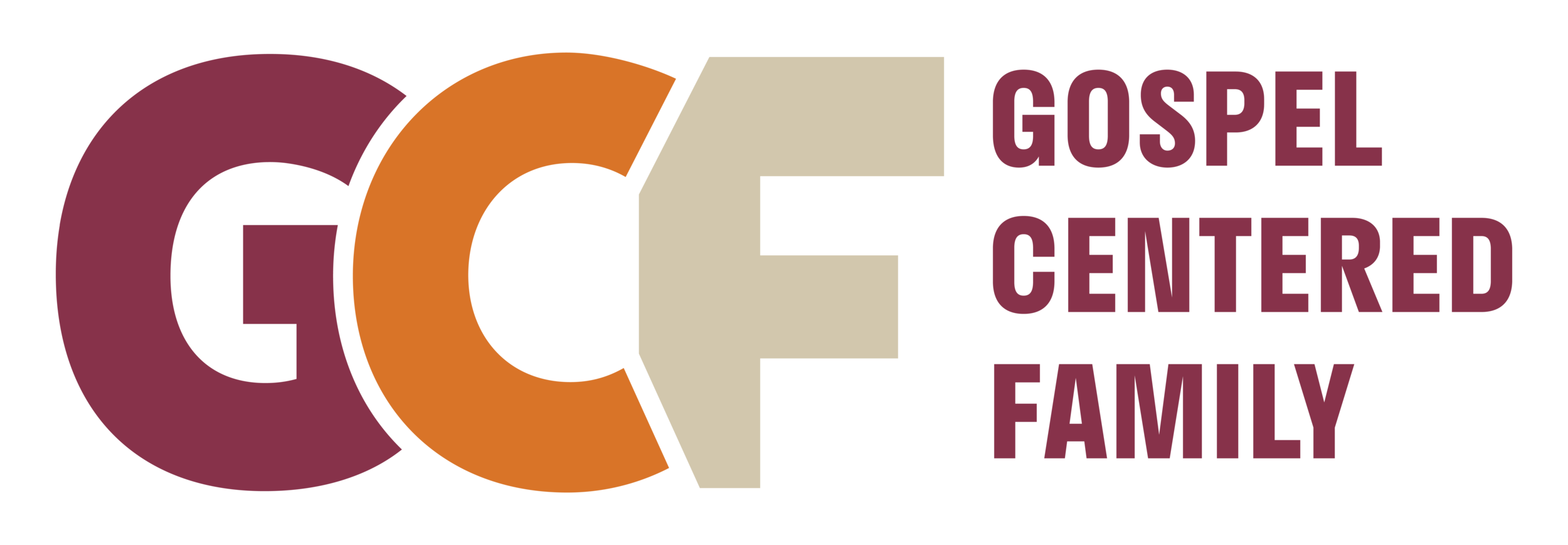Three Ways to Tell a Bible Story to Kids
What do the kids in your class remember after you’ve taught a Bible lesson? Who do they identify with in the story? Think about the story of David and Goliath. There are at least three ways to tell it.
1. An Example Lesson. You may have heard this story taught so the main point is to be brave and face big obstacles with courage. When we tell the story this way, kids will remember all of the little details about David. He was too little for Saul’s armor. He took five smooth stones and a sling. David even cut off Goliath’s head! The kids will also remember to be brave like David! They will identify with him, because David is the example to follow.
That’s one way to tell the story. But if we just teach example lessons, the kids may only remember the key Bible characters. What will they remember about God?
2. A God-centered Lesson. As I've written before, God is the Bible’s main character. We shouldn’t overlook or forget about David. But focusing on David shouldn’t keep us from seeing that God is the true hero. David reminds us that God rescues his chosen servant from wild animals and enemies (1 Samuel 17:37). When Goliath came against him with a sword and spear and javelin, David didn’t start naming his weapons: “Well, here I come with my sling!” No way! David said, “I come against you in the name of the Lord” (1 Samuel 17:45). David’s weapons may be weak, but God is strong. The battle belongs to Him. If we’re listening to David, we’ll hear that this story has little to do with David’s example at all. It’s a story about God. That’s who we want our kids to remember.
It’s true. One of the first things we should ask ourselves when crafting a lesson is, “What is God doing in this story?” The Bible was written to show us God. He’s the main character. But when we’re crafting lessons, does that go far enough?
Illustration and layout by Trish Mahoney from The Beginner's Gospel Story Bible by Jared Kennedy, (New Growth Press, 2017).
3. A Gospel-centered Lesson. I recently heard Marty Machowski talk about one of the best ways to craft a gospel-centered lesson. He said, “We want to help our kids identify with the people in the story who need the Good News.” In this story, that’s the Israelites. They have a strong enemy and a weak king. When Goliath marches out into the valley of Elah, he challenges king Saul, all of Israel, and Israel’s God. Israel needed a courageous hero to save them from their oppressors.
Enter David. Even though the people there didn’t know it yet, we know that David stepped onto that battlefield as Israel’s newly anointed king. He was the people’s representative. God won the battle, but he won the battle through David. In this way, David gives us a sneak peak into a specific way God saves his people. God saves his people by sending them a representative king. David points beyond himself to Jesus! After we’ve discovered what God is doing for his people in a story, we should look for how that action points to what Jesus has done. We should ask, as Jack Klumpenhower has phrased it, “How does God do the same for us--only better--in Jesus?” In this way, we can move from a lesson that is merely God-centered to one that is Gospel-centered.
Which of these kinds of lessons do you find yourself teaching on a regular basis? Did you find this helpful? Leave a comment below to let us know.
The illustrations in this post are from my book, The Beginner's Gospel Story Bible. Check out the New Growth Press website to purchase a copy or learn more.


